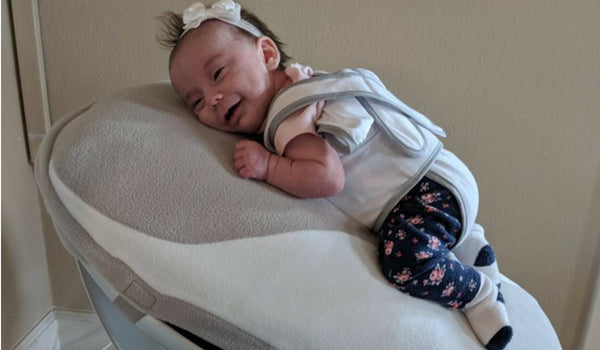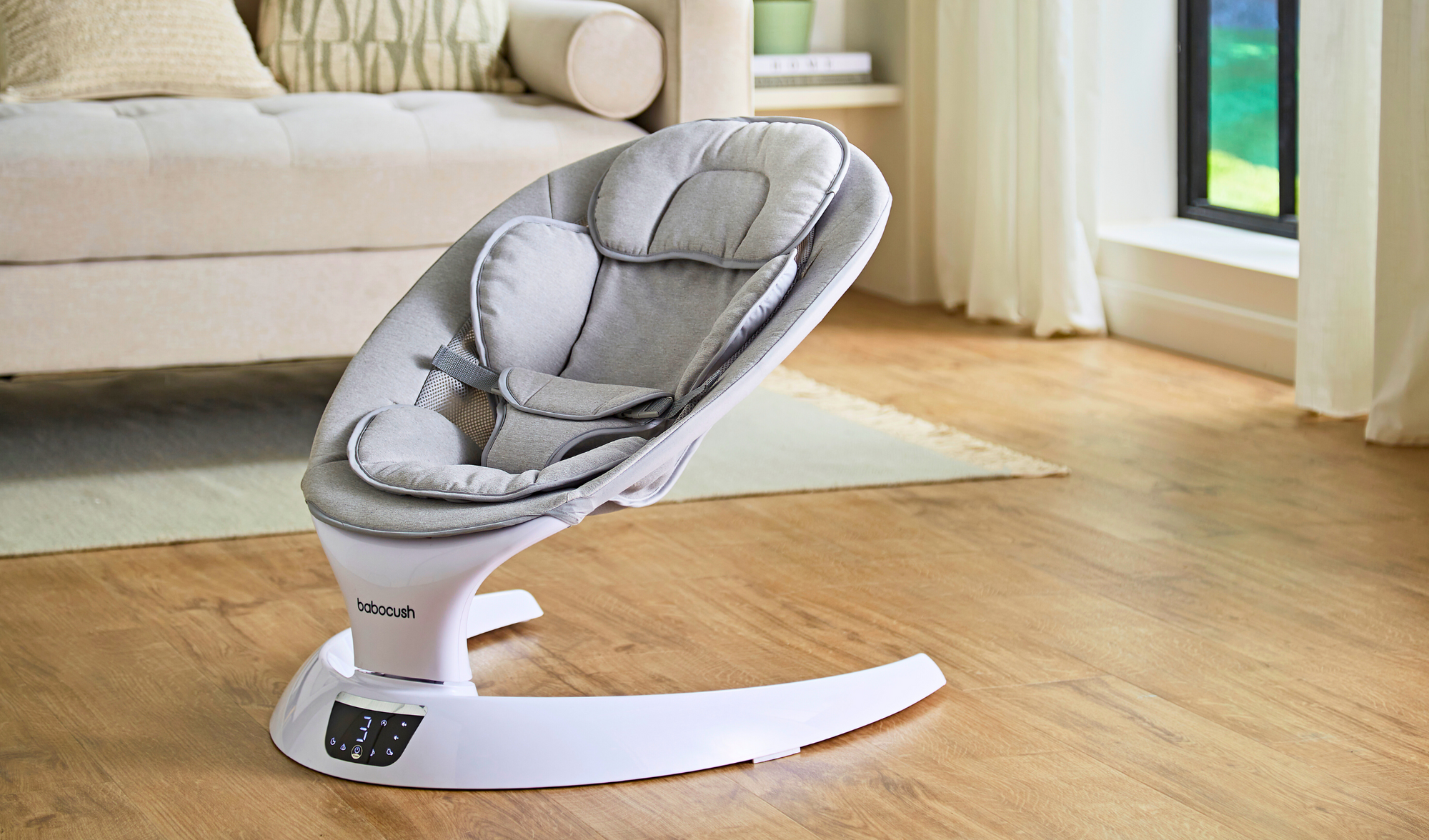What is trapped wind and why can your baby suffer from it?
All babies suffer from wind (or trapped gas) and for most babies, wind is a minor issue and causes little concern. The condition is most common in babies from when they are newborns to 3 months old. For some the effects will last longer as their digestive systems mature, but eventually they will be able to dispel wind without help.
The problem is often associated with bottle feeding as air from the battle can become trapped, but it will affect breastfed babies too. Aside from sucking in air, bottle fed babies are often fed in a more horizontal position than those breast feeding. Crying can also be the cause and result of wind, as babies breathe in quickly some air will become trapped.
Signs your baby is suffering from wind and trapped gas
While the result is usually just some erratic movement, passing gas and minor crying, some babies will struggle a little bit more. For some the crying fits could last much longer, taking its toll on Mum, Dad and the wider family. Feeding a jolting and crying baby is quite difficult and often feeds are abandoned to allow time for your baby to rest.
If the latter scenario sounds familiar, you’ll be glad to know you are doing the right thing. If your baby regularly spits out their food then you should reduce feeding portions. By breaking up their feeds throughout the day, you allow for more time for digestion. Feeding at intervals has proved successful for many parents and it can reduce spitting and the effects of wind.
Treating trapped wind and gas
There are a few ways of dealing with trapped wind and gas aside from just changing feeding times and positioning. Post-feeding is the ideal time to wind your baby, and positioning at this point is very important. Lie your baby over your shoulder in an upright position and gently pat their back. It’s important the windpipe is straight allowing air to pass out as smoothly as possible. A baby who is always on their back will be constantly putting pressure on this area and may struggle with digestion.
The babocush allows babies to rest at an angle which opens their airways allowing airways to complete relax and stay in a naturally comfortable position. This position can have other benefits such as reducing the effects of reflux (spitting up food) and soothing your baby. While the cushion holds your baby securely, you can rest your arms post-feeding. Your baby meanwhile, will be enjoying the heartbeat simulator inside the cushion which sends relaxing noises and vibrations through the cushion. The result is a contented baby, which after a tumultuous feeding time is a welcome break for all involved.
Read more about the babocush here and see how the product can help you with wind, feeding and a host of other common conditions.


